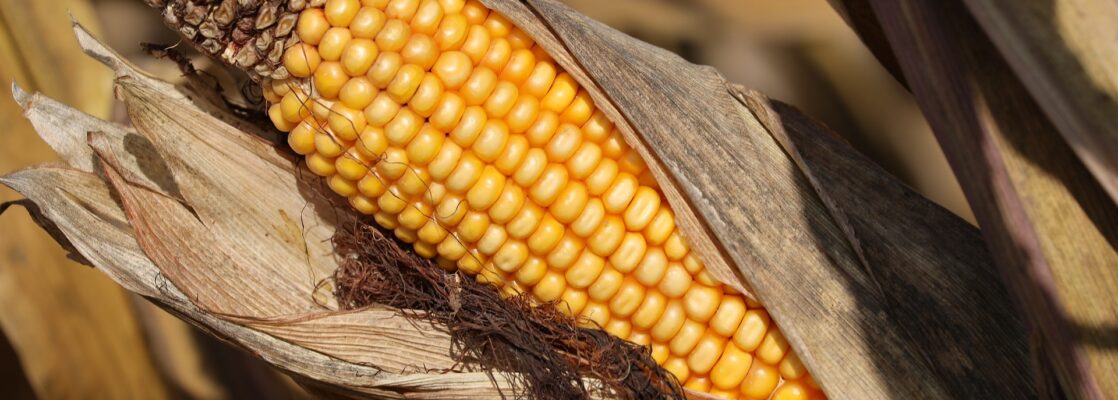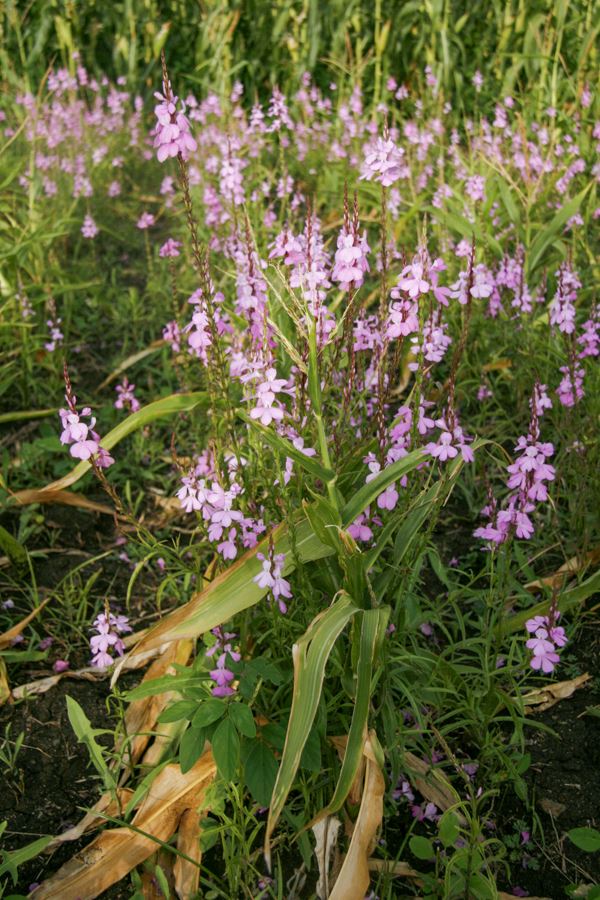Low soil fertility, weeds, pests, and climatic change severely threaten crop productivity and agricultural sustainability, especially in SSA. Despite decades of research finding adequate technical solutions for most situations of food systems, the problem of low food productivity has persisted. In an effort to counter this, intensive agricultural systems have been mooted including the high application of agrochemicals to control weeds, and pests and increase production. However, these initiatives have not lasted beyond the project cycle and they have instigated land degradation through unsustainable practices. As a solution, conservation agricultural practices have been promoted among small-scale farmers. These practices focus on minimizing soil disturbance, crop diversification, and cover cropping. Push-pull technology (PPT) is an aspect of conservation agriculture where intercropping a cereal crop with a repellent plant, such as Desmodium and planting an attractive trap plant, such as Brachiaria or Napier grass as a border crop around this intercrop. This paper aimed at reviewing existing literature to establish the linkage between conservation agriculture components, PPT, and a sustainable agroecological transition.
A list of questions directed the discussion where push-pull technology has been proven to be an aspect that promotes conservation agriculture. It has been able to increase crop yields, reduced tillage, established a cover crop on the farm, and further, PPT has a regenerative aspect through the integration of livestock husbandry providing organic manure that and together with the nitrogen fixation ability of the grass, improve soil fertility, conserved soil moisture, and reduce erosion. This reduces the use of inorganic input, and machinery making farming economical for small-holder farmers.
Authors: Dennis Mulupi, Cosmas Kiprono, Esther Ng’ong’a, Winnie Oliech, Fredrick Aila, Benjamin Ombok & George Odhiambo
Contact address: fredrick.aila@gmail.com
Institution: Maseno University, Kenya; www.maseno.ac.ke
Twitter name of the institution: @Maseno_Uni
Twitter link: https://twitter.com/Maseno_Uni
Available downloads
Promoting Conservation Agriculture through Push-Pull Technology as an Agroecological Transition


